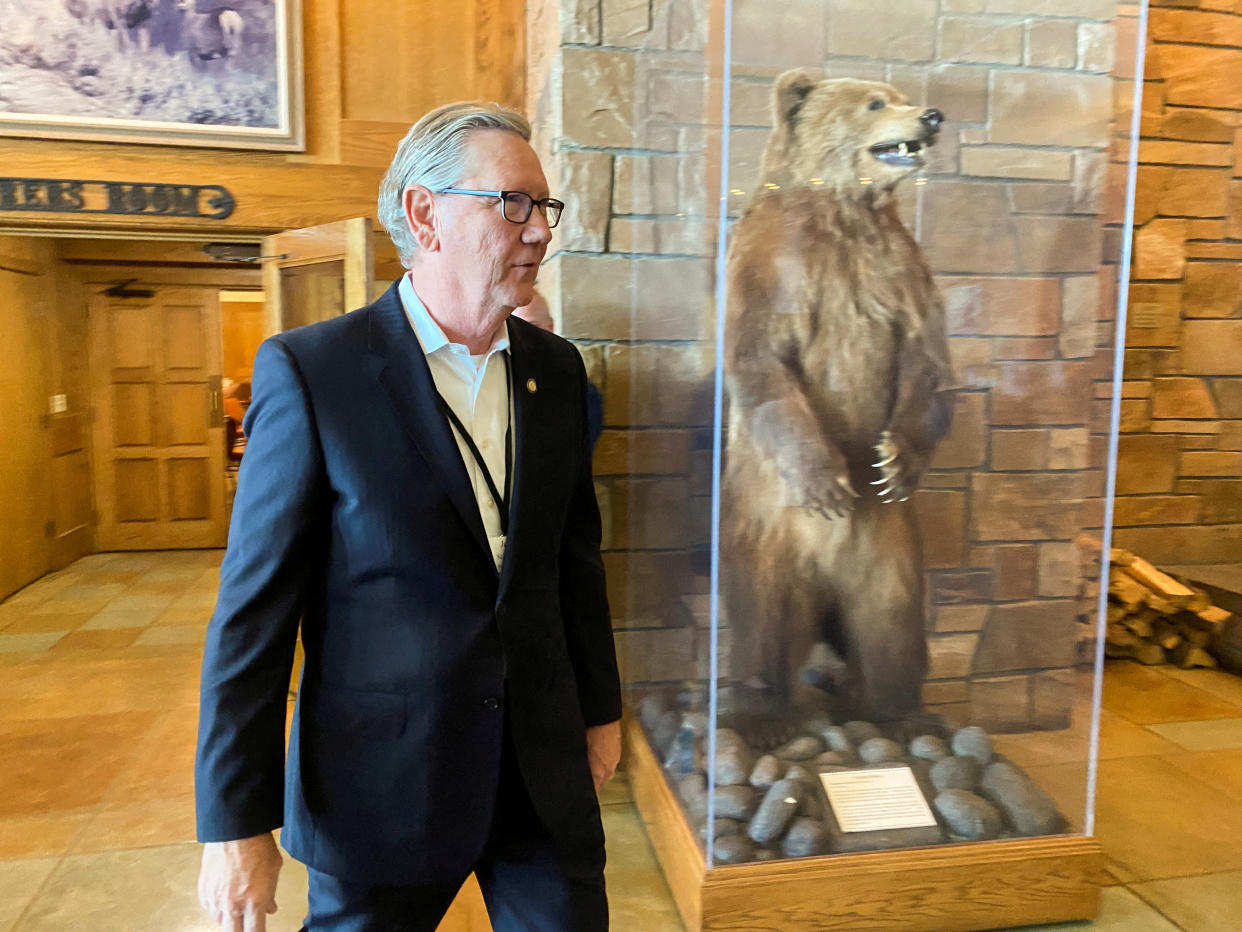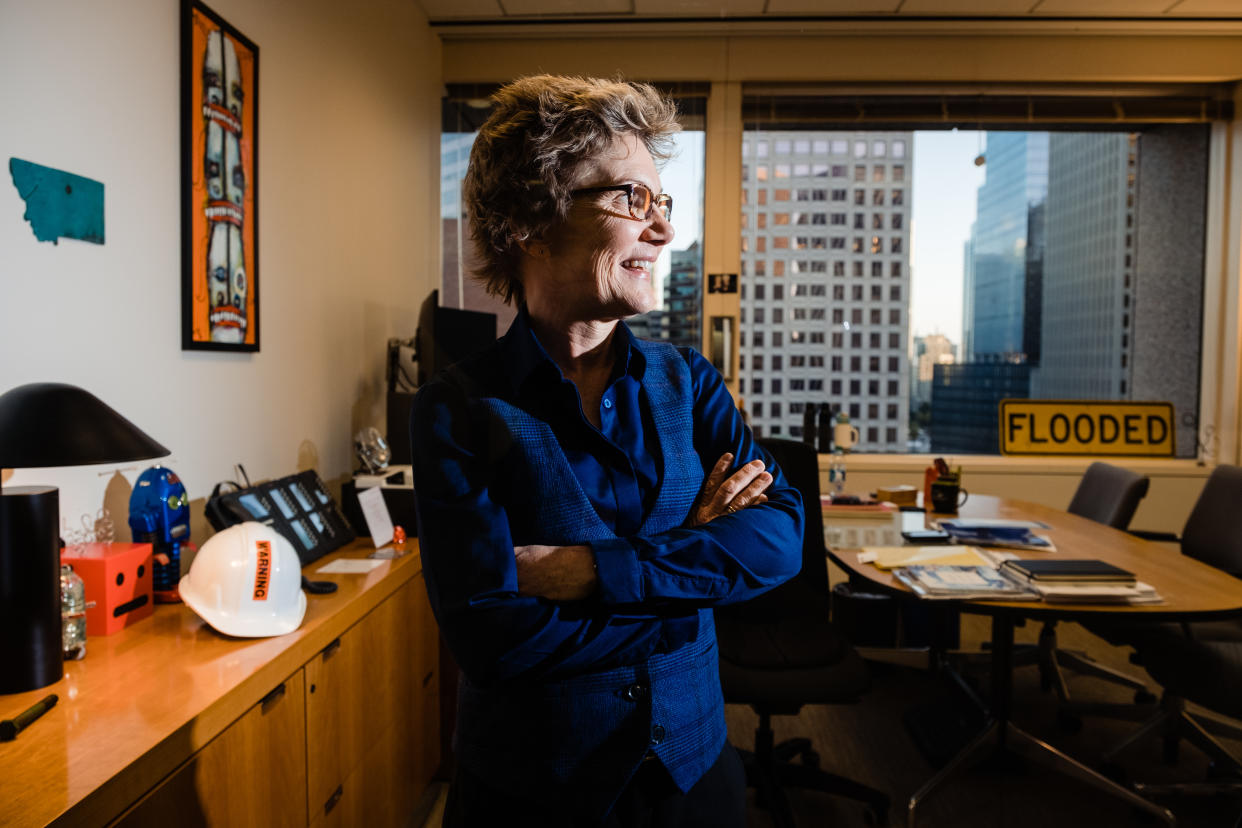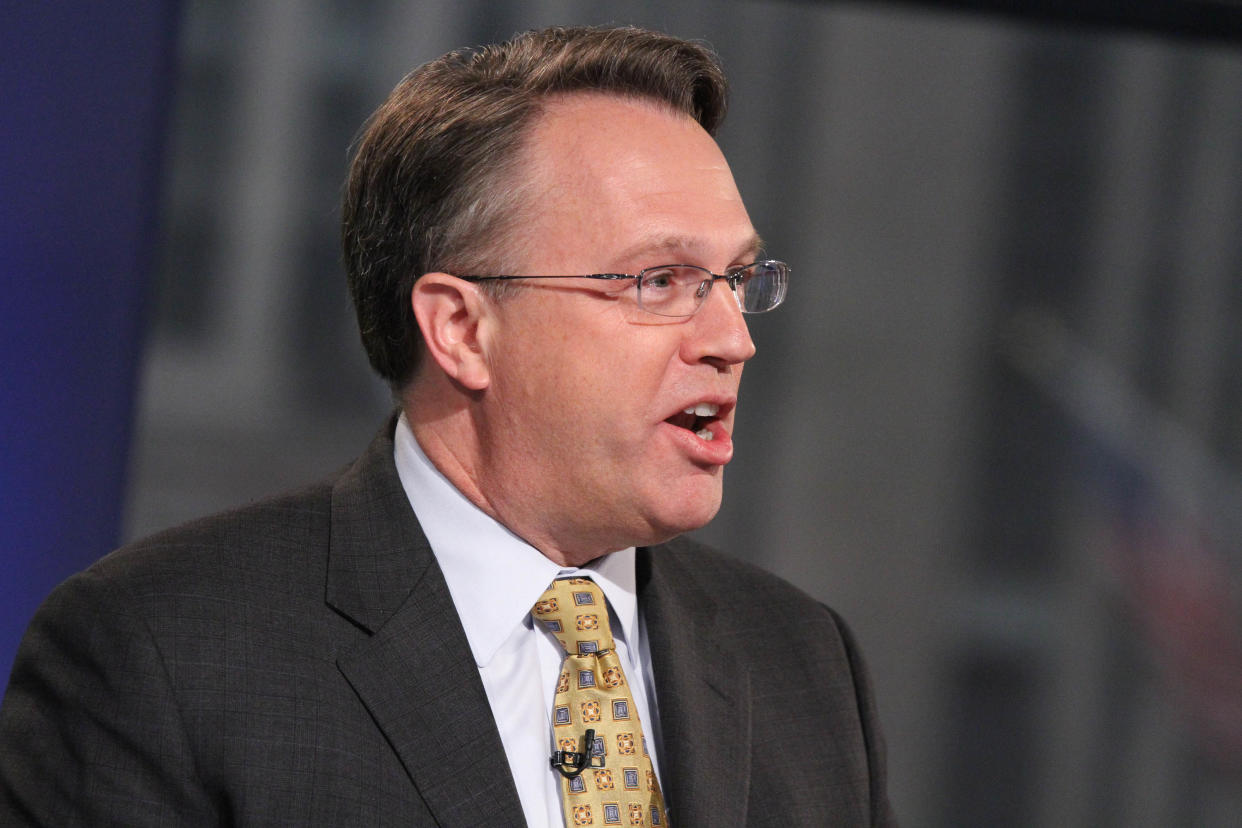2 Fed officials urge patience before any interest rate cuts
Kansas City Fed president Jeff Schmid said Friday he would prefer to hold interest rates steady and not cut rates until there is "convincing" evidence inflation is dropping.
He cited the resilience of the US economy and inflation running above the Fed’s 2% target as reasons for his cautious stance.
Inflation, he said, has surprised to the upside since the beginning of the year and has run at roughly 4% since the first quarter.
"Rather than preemptively adjust the policy rate, I would prefer to be patient and wait for clear and convincing evidence that inflation is on track to hit our 2% target before adjusting the stance of policy," Schmid said during a speech before the Agricultural Commodity Futures Conference in Kansas.

Schmid’s comments come as investors have scaled back bets on the number and timing of interest rate cuts for 2024 following another hotter-than-expected inflation reading this week.
The Consumer Price Index (CPI) rose 3.5% over the prior year in March, an acceleration from February's 3.2% annual gain in prices and more than economists expected.
The year-over-year change in the so-called core CPI — which excludes volatile food and energy prices — was 3.8%, the same level as it was in February but a tenth of a percent higher than expected.
Meanwhile, San Francisco Fed President Mary Daly also said Friday while speaking at a California conference that there is no rush to cut rates, reminding investors that the CPI report is only one data point and the Fed is looking at a range of indicators.
Overall Daly said she sees a strong job market, robust consumer spending, good growth, and inflation that is not falling at a rapid pace like it was the second half of last year.

"It says there's absolutely in my mind no urgency to adjust the policy rate. Policy is in a good place right now," said Daly. "I need to be fully confident that it is on track to come down to 2% ... before we would consider a rate cut."
When asked whether she has scaled back the number of rate cuts she sees this year from three to two, she said, “What we will do by the end of the year, I think really at the moment is less relevant than what are we going to do in response to this incoming information ... there's a lot of work to do before we can be confident that we have price stability."
However, she added that the movement of inflation down to 2% was always going to be a "bumpy ride," and there's no reason to be surprised that it's happening now.
When it comes to inflation, Schmid of the Kansas City Fed said he is watching whether strength in the job market is pushing up prices of services via higher wages and whether more people join the job market.
Schmid noted the demand for workers continues to be strong, evidenced by robust hiring and elevated wage growth. And while wage growth has moderated, it remains elevated compared with earlier periods and likely is pushing up services prices.
Schmid is also watching whether new supply chain challenges appear, which could also push up inflation.
While Schmid appears content to hold rates steady, other members of the Fed signaled this week they still believe inflation is on course to drop as the year goes on and that it will be appropriate to begin cutting rates later this year.
One was New York Fed president John Williams, who said Thursday it would make sense to reduce rates gradually "starting this year" if the economy proceeds as expected.

Another was Boston Fed president Susan Collins, who said she still expects to cut rates later this year but needs more time to gather data to feel confident inflation will continue dropping. That could spell fewer cuts in 2024.
"Overall, the recent data have not materially changed my outlook, but they do highlight uncertainties related to timing, and the need for patience,” Collins said in a speech at the Economic Club of New York.
Traders who had been betting on a June cut now see a roughly 72% chance the Fed does nothing in June and a roughly 43% chance of a cut in July. Odds are now eyeing September as the first rate cut.
They also scaled back the number of rate cuts they see this year to two, less than the median of three penciled in by Fed officials at their last policy meeting in March.
Elsewhere, Schmid made the case for a much smaller balance sheet with securities that have shorter maturities on average. He argues the Fed’s large balance sheet is also suppressing price signals in funding markets.
His comments come as officials look at tapering the pace with which they are shrinking their securities holdings “fairly soon” to avoid any hiccups in funding markets.
Click here for in-depth analysis of the latest stock market news and events moving stock prices.
Read the latest financial and business news from Yahoo Finance
